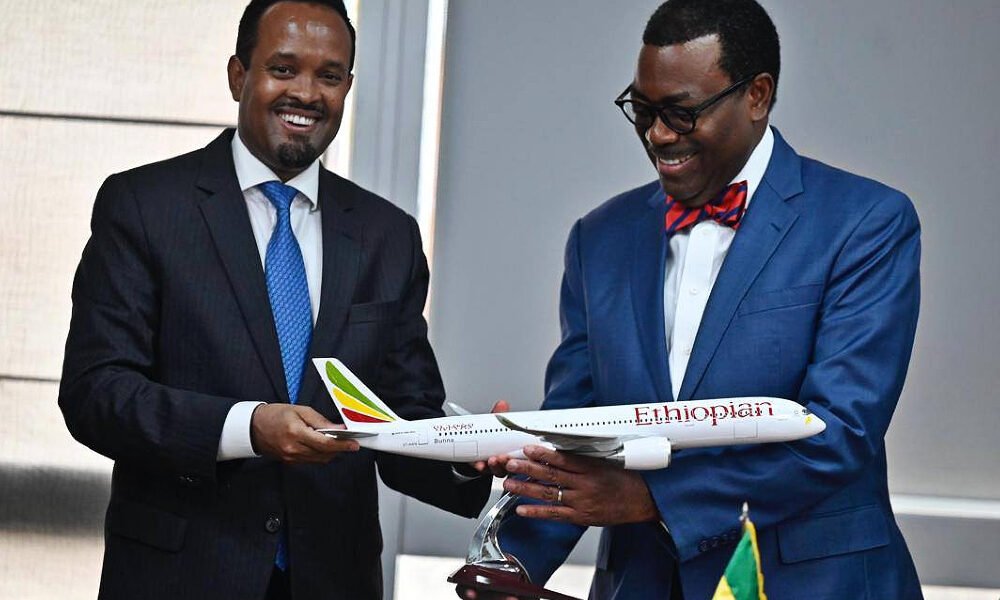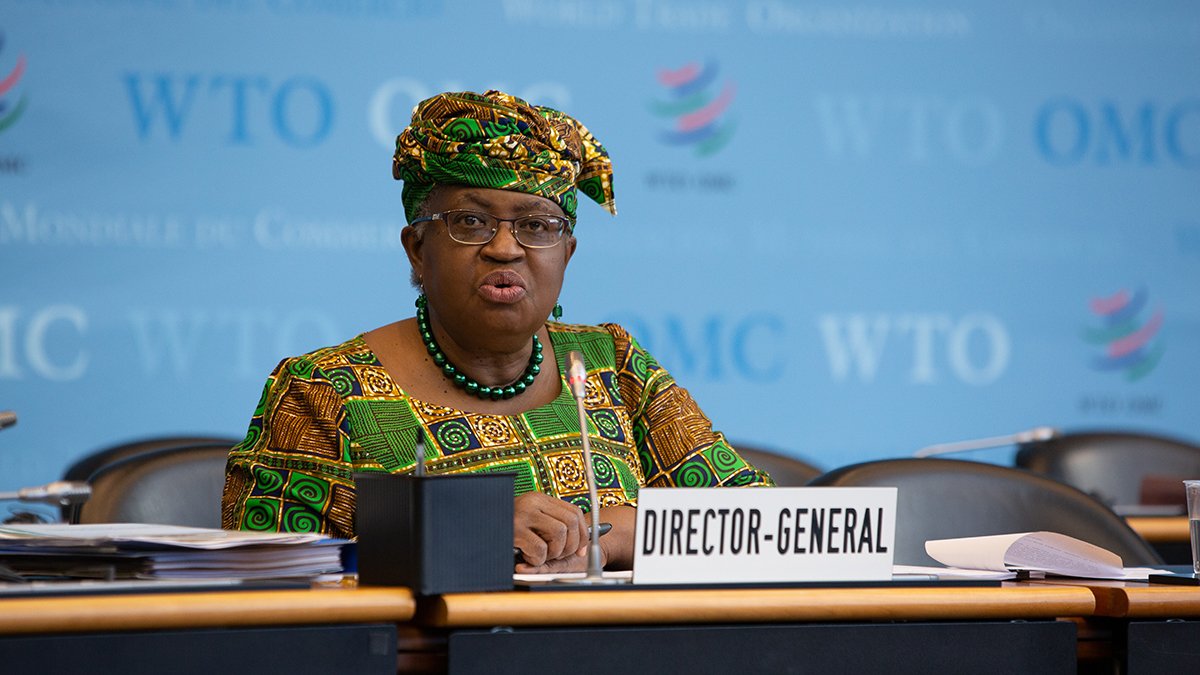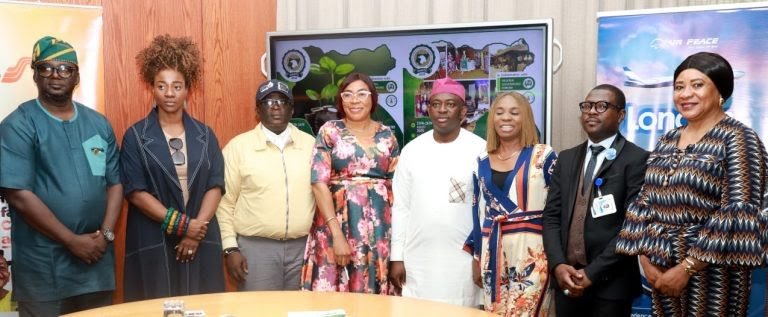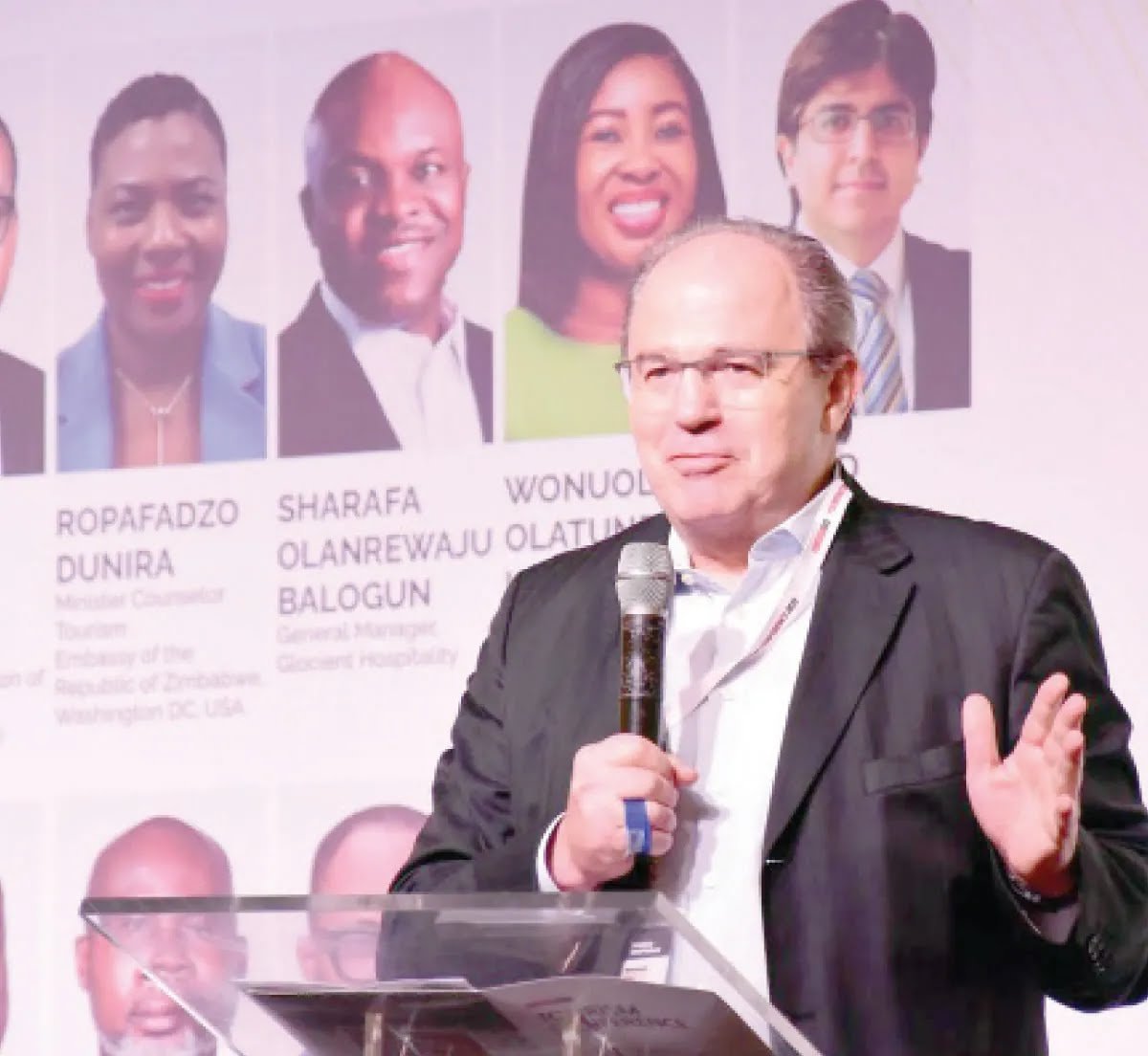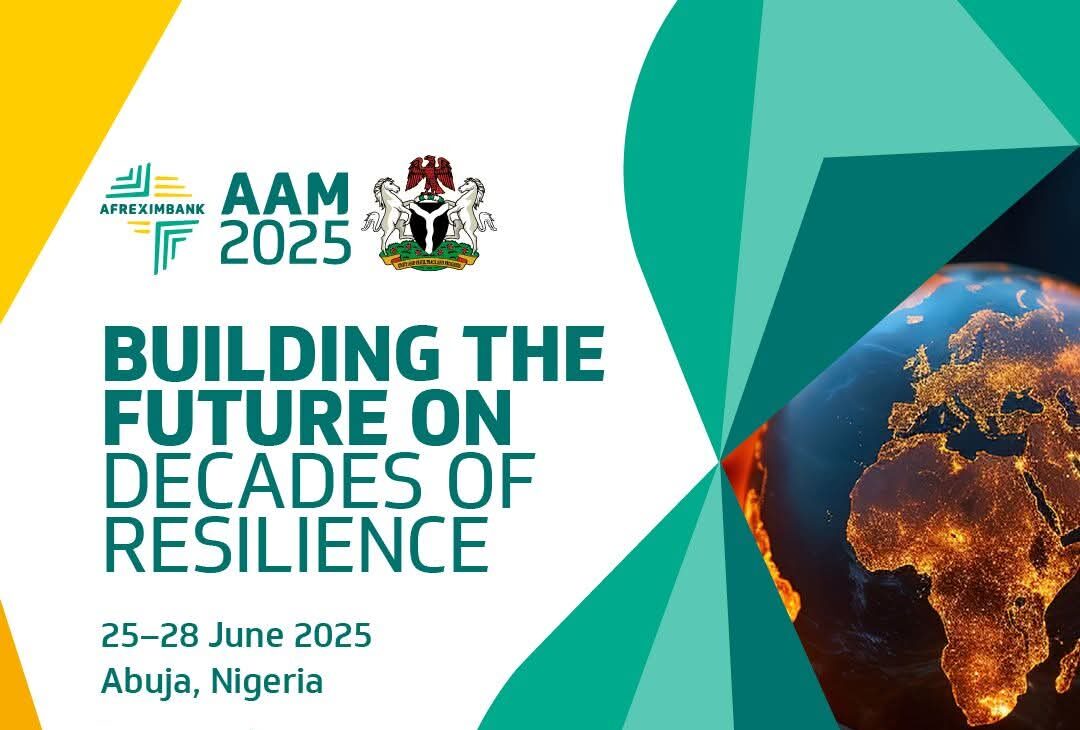
Vice President Kashim Shettima has disclosed that the African Export‑Import Bank (Afreximbank) has injected approximately $52 billion into Nigeria through trade and project financing since its founding in 1993. This makes Nigeria the top recipient of Afreximbank funds across the continent.
Delivering remarks at the opening of the bank’s 32nd Annual General Meeting in Abuja—under the theme “Building the Future on Decades of Resilience”—Shettima noted that Afreximbank has channeled over $100 billion across Africa, with half of that sum directly benefiting Nigeria.
Strategic Investments Across Key Sectors
Shettima, represented by Special Adviser on Economic Affairs Dr. Tope Fasua, spotlighted several transformative projects funded by Afreximbank in Nigeria:
- African Trade Centre, Abuja: Positioned as a central hub for policy innovation, trade facilitation, and business intelligence.
- African Medical Centre of Excellence, Abuja: A state‑of‑the‑art facility offering oncology, cardiology, and haematology services, aimed at reducing the $1 billion annual expenditure on medical tourism.
- African Quality Assurance Centres, in Kaduna and Ogun: Designed to enhance export readiness and boost compliance with international standards.
- Export‑Manufacturing Initiative: A $300 million investment in industrial clusters located in Cross River, Enugu, Imo, and Kano States.
- Intra‑Africa Petroleum Trade Facility: A $3 billion facility aimed at strengthening domestic refining capacity and energy security.
“These are not mere projects—they are strategic investments in resilience, sovereignty, and shared prosperity,” Shettima emphasized, urging that interventions should transcend short-term fixes to build long-lasting national strength.
Institutional Resilience and Economic Reform
Central Bank Governor Olayemi Cardoso, speaking at the AGM, affirmed that Nigeria’s deep partnership with Afreximbank underscores the importance of resilient institutions as foundations for sustainable development. He reported that Nigeria’s uptake of $52 billion in Afreximbank financing reflects robust and sustained engagement.
“Our focus on rebuilding trust among markets, citizens, and international partners underscores institutional credibility as the cornerstone of monetary and financial policy,” Cardoso declared.
He also highlighted Afreximbank’s role in innovative crisis-response measures such as the Pandemic Trade Impact Mitigation Facility (PATIMFA) and its efforts to counter trade protectionism via PAPSS, the Pan‑African Payment and Settlement System.
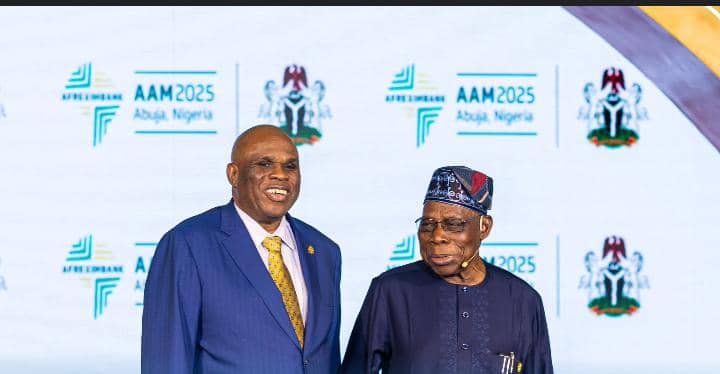
Africa‑Wide Impact and Nigeria’s Leading Role
Afreximbank President Benedict Oramah reiterated that, since 1993, the bank has mobilized over $250 billion continent-wide, playing a critical role in bridging financing gaps, industrializing economies, and supporting major health, energy, and trade initiatives.
Oramah pointed out that Nigeria’s central involvement—both as the largest shareholder and beneficiary—has solidified its influence within the bank and shaped its strategic direction. He noted that, over the past decade, Afreximbank has disbursed at least $140 billion across Africa.
Broader Economic Context
Beyond financial interventions, Shettima highlighted Nigeria’s reform agenda as one of the boldest in its history. These reforms include:
- Unifying foreign exchange rates to improve transparency.
- Phasing out fuel subsidies, redirecting savings toward social protection and infrastructure spending.
- Launching a Compressed Natural Gas (CNG) Transition Plan, converting 150,000 vehicles to CNG, thereby lowering fuel costs and emissions.
- Advancing key infrastructure such as the Lagos‑Calabar Coastal Highway and Eastern Rail Corridor.
- Implementing real‑time export tracking systems and enhancing revenue assurance in the oil sector.
- Expanding trade finance access for SMEs through digital platforms aligned with AfCFTA.
Future Outlook
Shettima expressed confidence that these reforms, combined with Afreximbank’s support, would propel Nigeria’s GDP growth to 4–4.5 percent in 2025, with inflation stabilizing near 7 percent.
He urged stakeholders to shift from resilience to renewal—mobilizing blended finance, deepening regional value chains under AfCFTA, institutionalizing digital trade systems like PAPSS, and crowding in private capital for green infrastructure.
Conclusion
During Afreximbank’s 32nd AGM, Nigeria’s Vice President and Central Bank Governor outlined a vision anchored in targeted interventions, institutional reforms, and bold partnerships. The half‑$100 billion investment from Afreximbank underscores Nigeria’s pivotal role in Africa’s development journey—and its potential to shape continental growth in years ahead.


